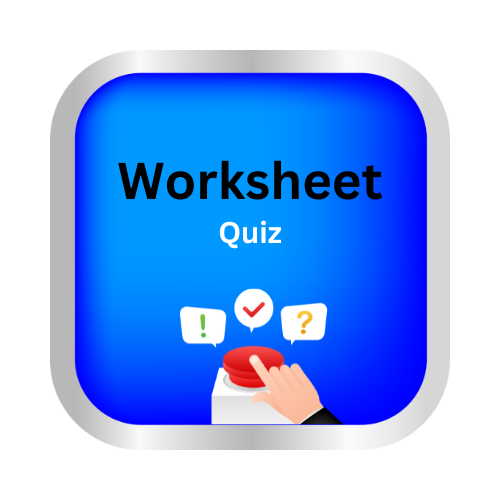What Is A Good Sources Of Energy
Key Notes:
Introduction
- Energy is the ability to do work.
- A good source of energy is essential for daily activities such as lighting, cooking, transportation, and running industries.

- To identify an efficient energy source, certain characteristics must be met.
Characteristics of a Good Source of Energy
A good source of energy should:
- Have High Calorific Value:
- It should produce a large amount of energy per unit mass or volume.
- Example: 1 kg of coal produces more energy than 1 kg of wood.
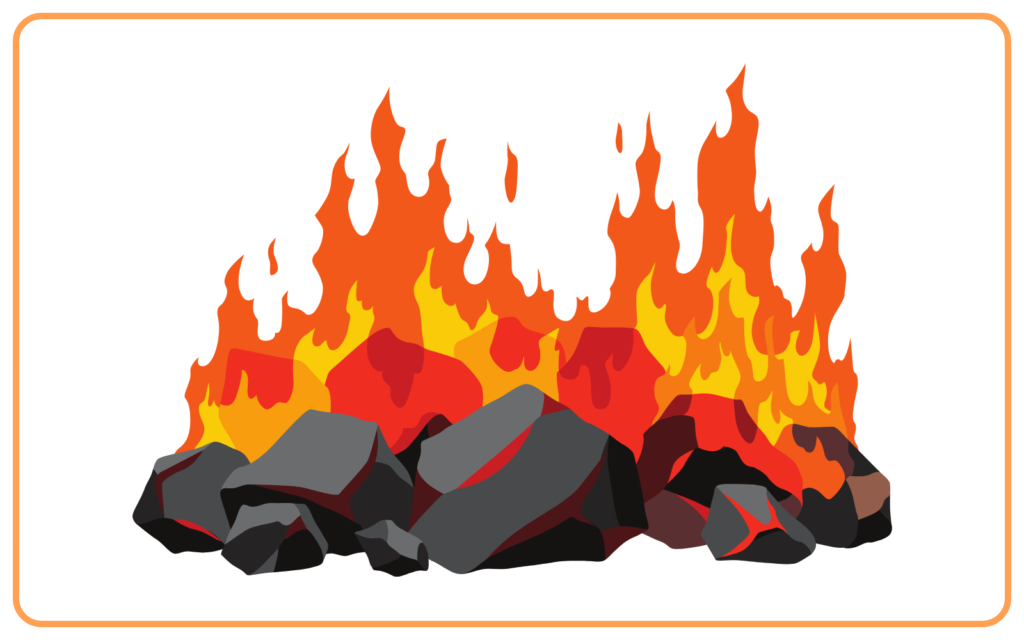
- Be Economical:
- It should be cheap and easily available to everyone.
- Example: Solar energy is free after installation.
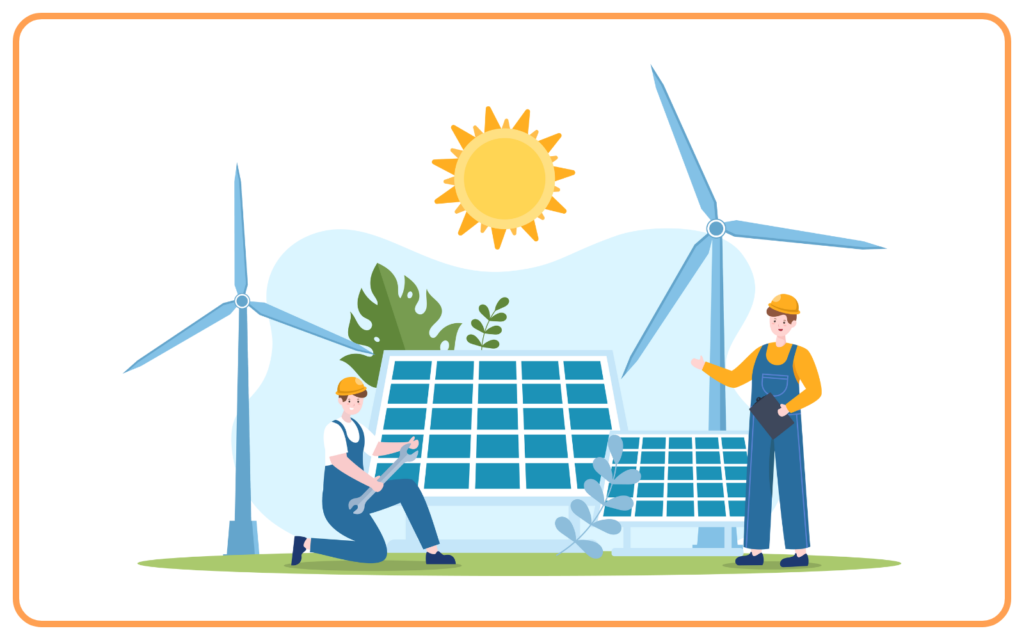
- Be Easily Accessible:
- The energy source should be easy to transport, store, and use.
- Example: Electricity can be transmitted through wires over long distances.
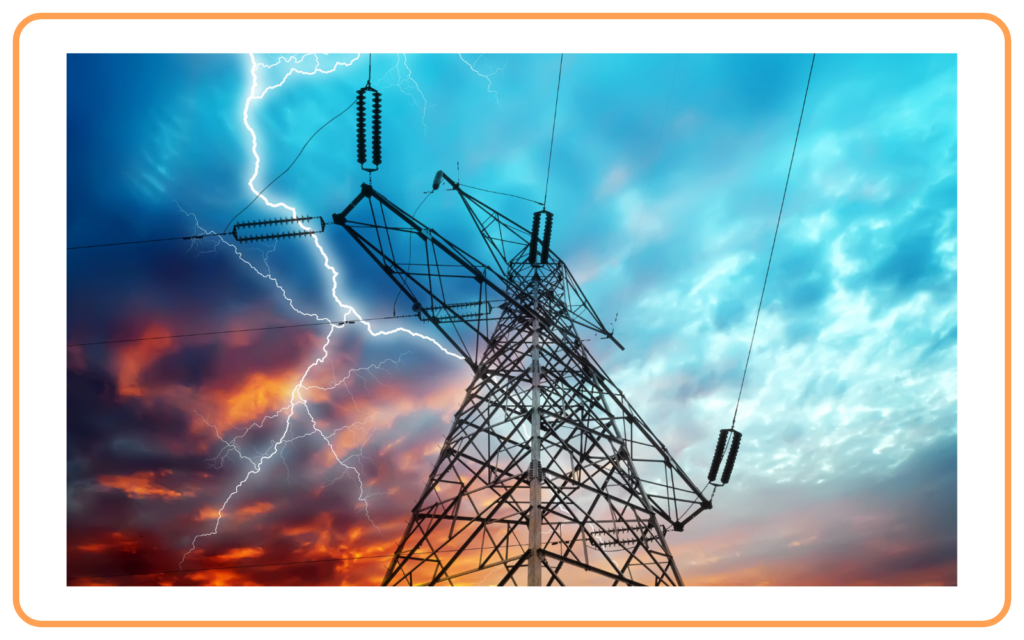
- Cause Minimal Pollution:
- It should have low environmental impact, producing little or no pollution.
- Example: Wind and solar energy are clean sources of energy.
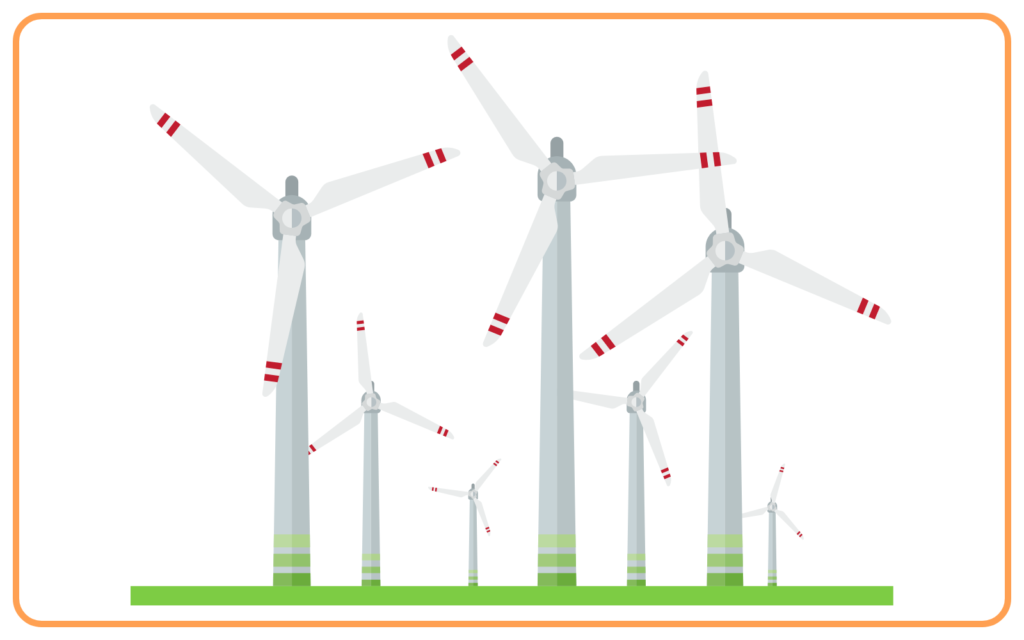
- Be Safe to Use:
- The energy source should be safe to handle, with minimal risk of accidents.
- Example: LPG is safer compared to coal or kerosene.
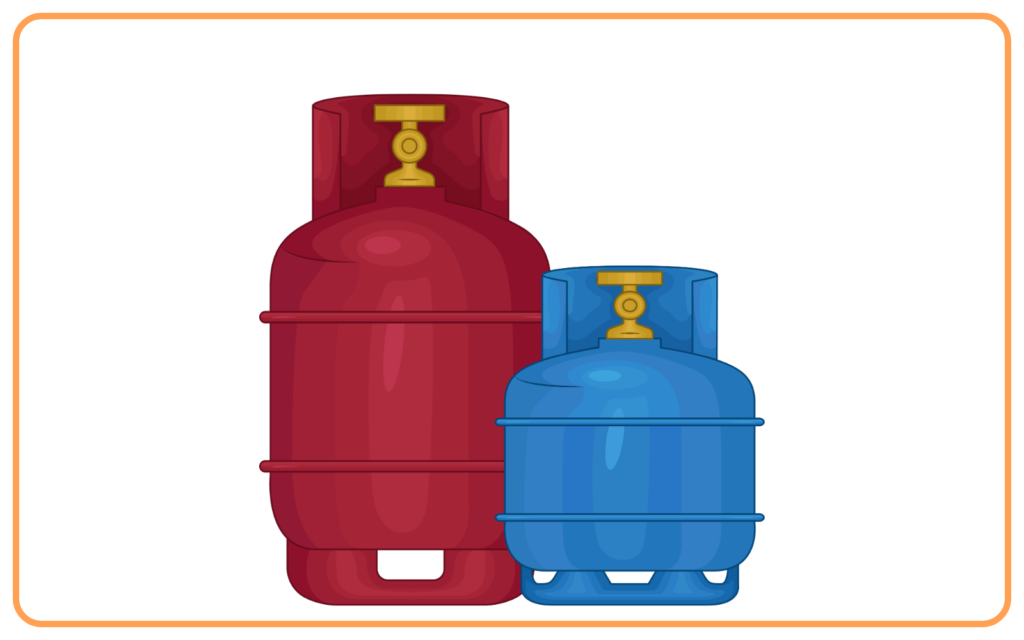
- Be Renewable and Sustainable:
- It should be renewable (replenished naturally) to ensure long-term availability.
- Example: Solar, wind, and hydro energy are renewable.
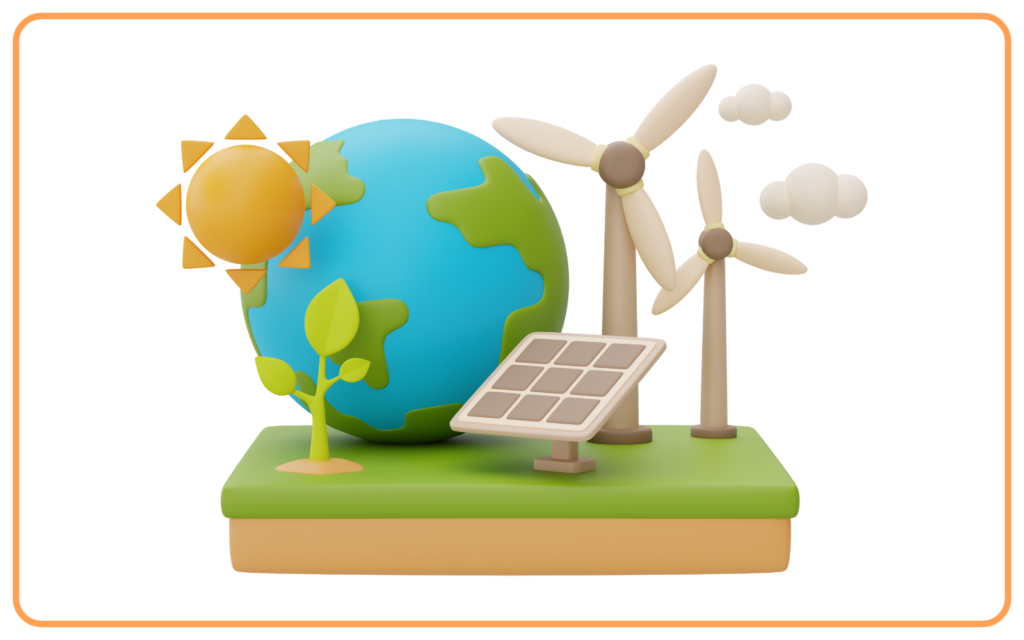
- Have High Efficiency:
- It should provide maximum energy output with minimum wastage.
- Example: Electricity and natural gas are highly efficient.
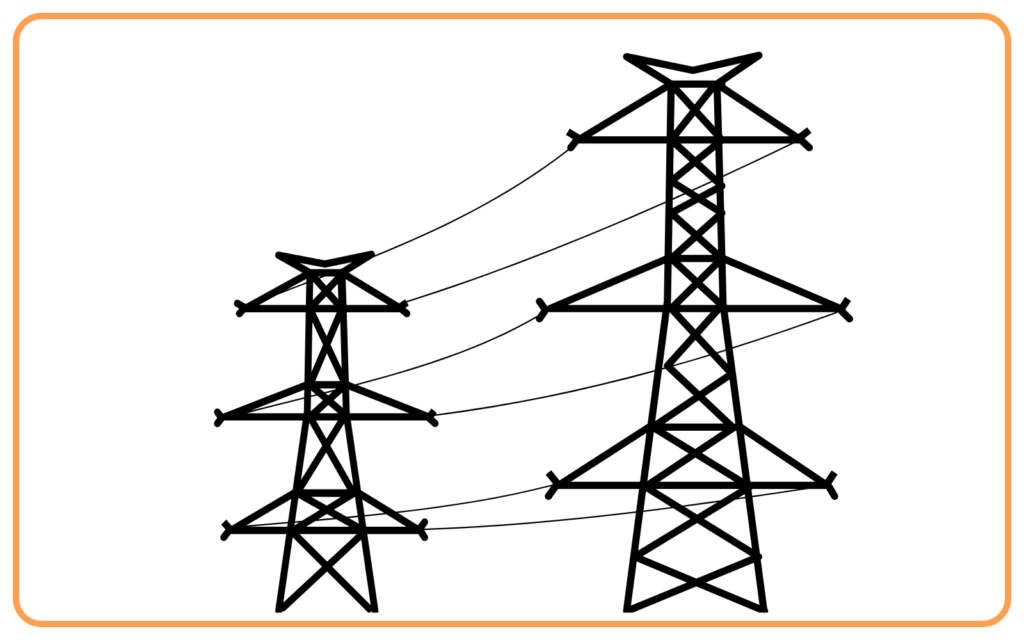
Types of Energy Sources
- Conventional Sources of Energy:
- Energy sources that have been used for a long time.
- Examples:
- Fossil fuels: Coal, Petroleum, Natural gas
- Firewood

- Non-Conventional Sources of Energy:
- Modern, renewable, and eco-friendly sources of energy.
- Examples:
- Solar energy
- Wind energy
- Hydroelectric energy
- Geothermal energy
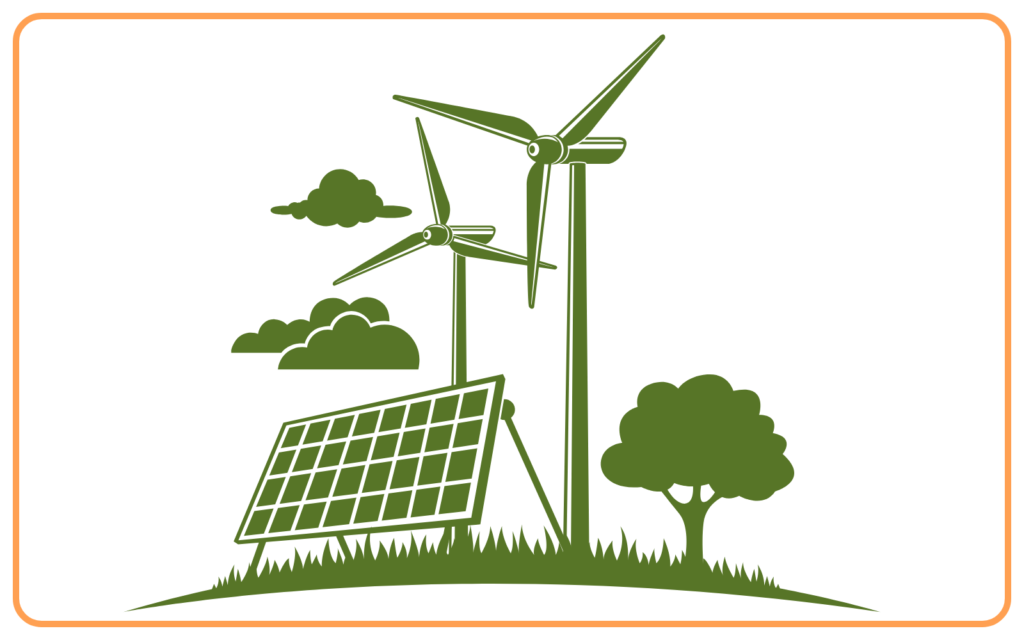
Comparison of Energy Sources
| Criteria | Fossil Fuels | Renewable Energy |
|---|---|---|
| Availability | Limited (non-renewable) | Unlimited (renewable) |
| Pollution | Causes pollution | No pollution |
| Cost | Relatively cheaper | High initial setup cost |
| Sustainability | Unsustainable | Sustainable |
| Energy Output | High | Moderate to High |
Examples of Good Energy Sources
- Solar Energy:
- Derived from sunlight, clean and renewable.
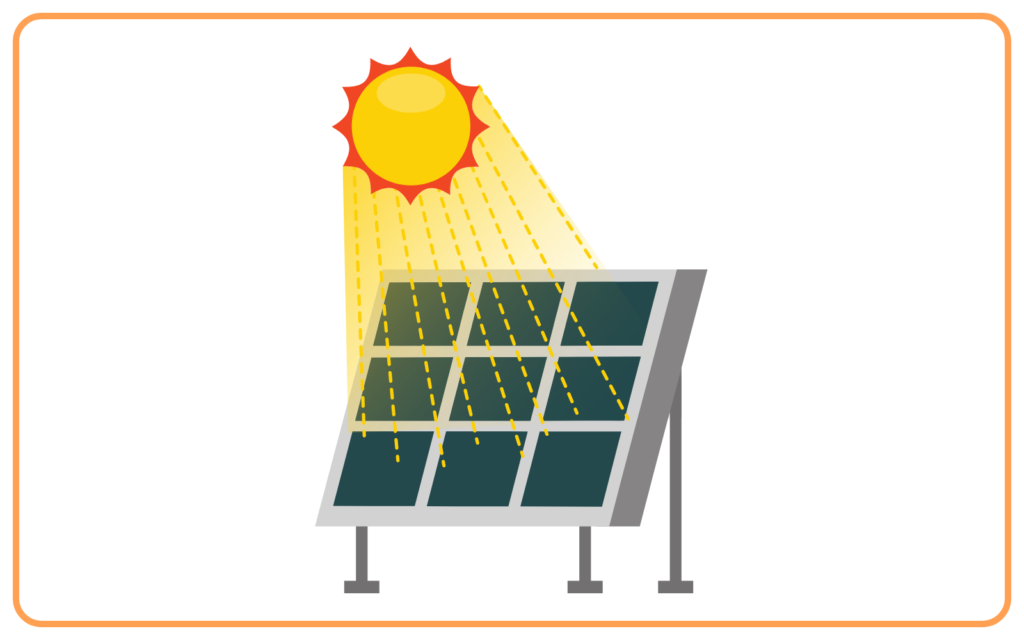
- Wind Energy:
- Generated by wind turbines, eco-friendly.
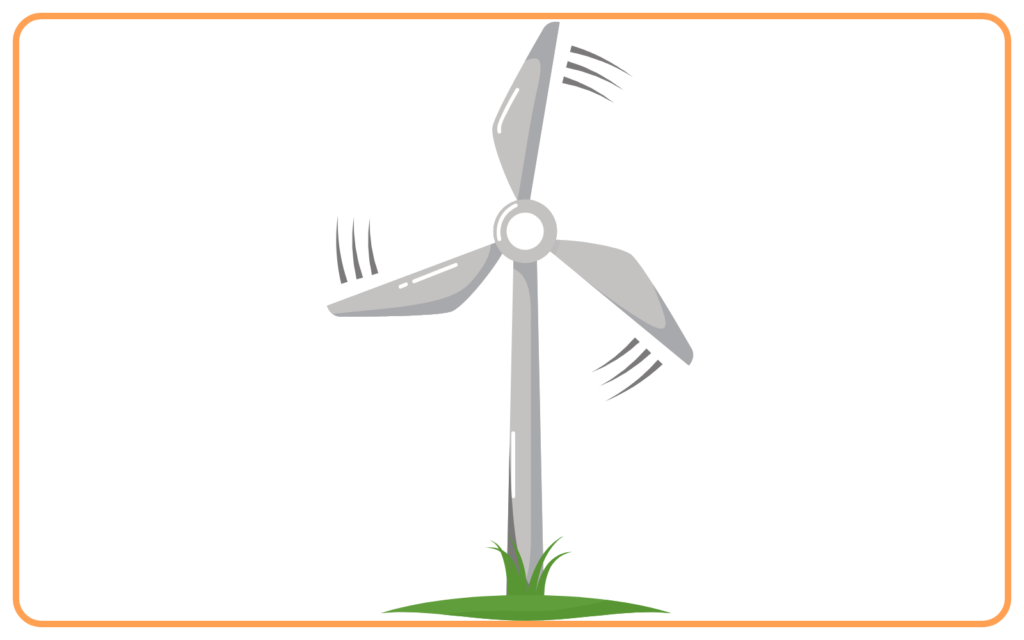
- Hydroelectric Energy:
- Produced from water flowing in dams.
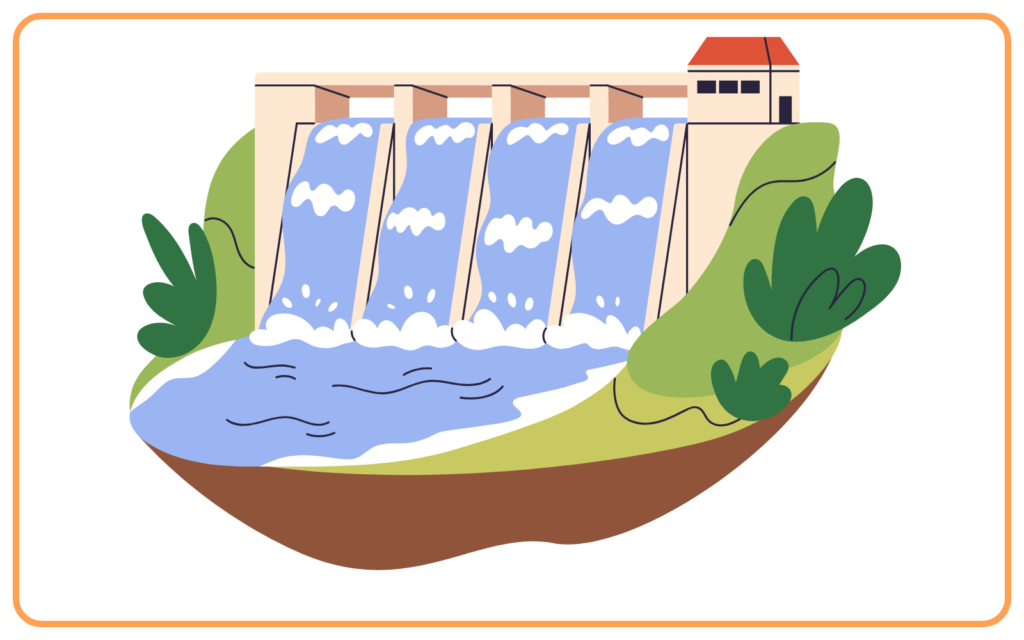
- Natural Gas:
- Cleaner than coal and petroleum, with high calorific value.
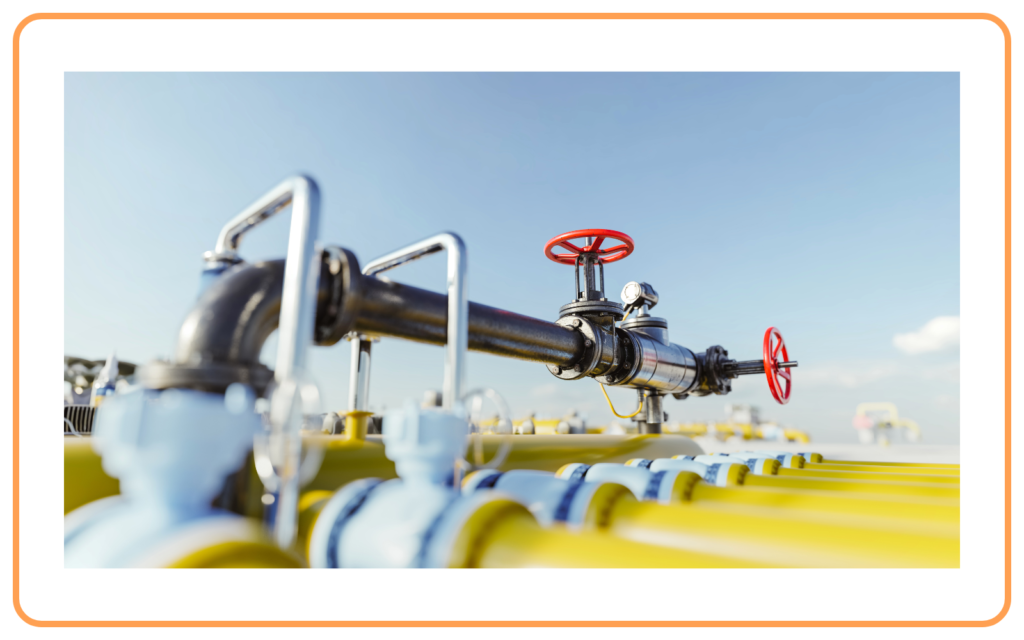
Why Should We Shift to Renewable Energy?
- Fossil fuels are depleting at a fast rate.
- Burning fossil fuels causes air pollution and global warming.
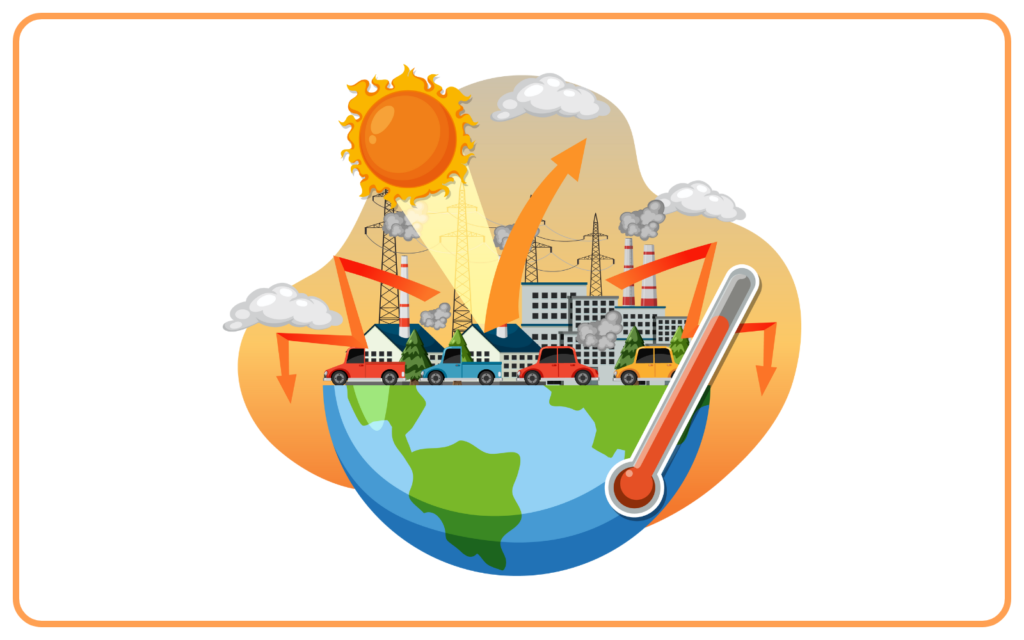
- Renewable sources are sustainable and reduce environmental damage.
- The future relies on clean energy to ensure environmental balance.
Key Terms to Remember
- Calorific Value: The amount of heat energy produced by burning 1 kg of fuel.

- Sustainable: Energy sources that do not get depleted over time.
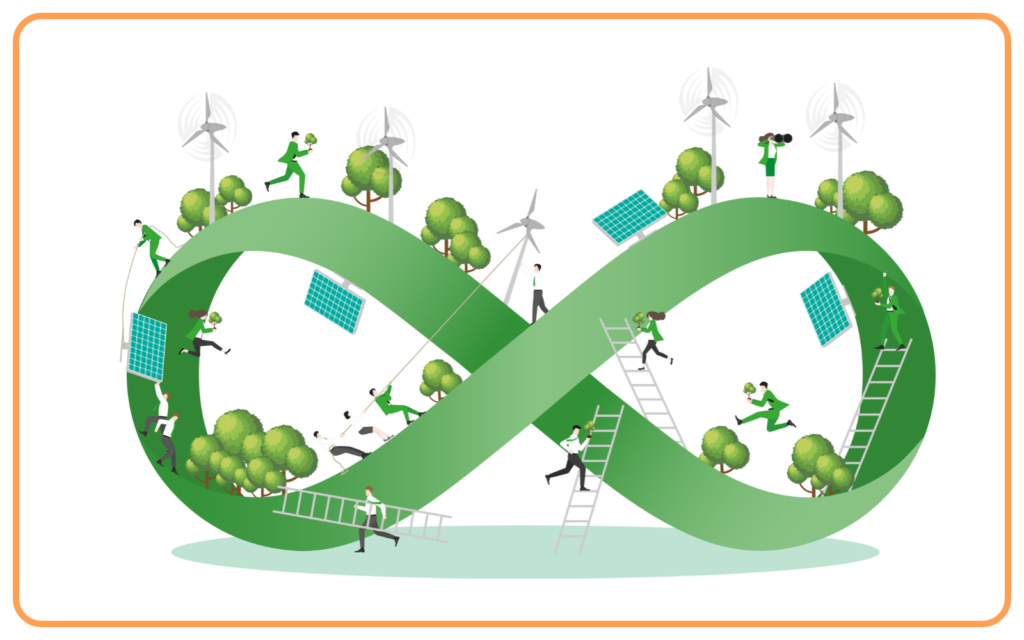
- Renewable Energy: Energy that is naturally replenished.
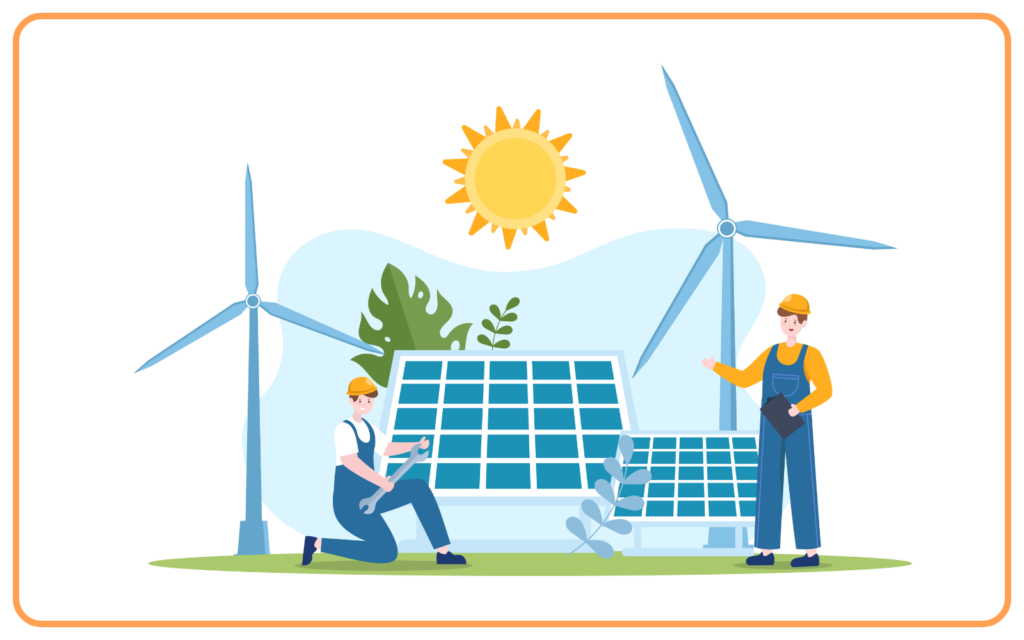
- Non-Renewable Energy: Energy sources like coal and oil that are limited.
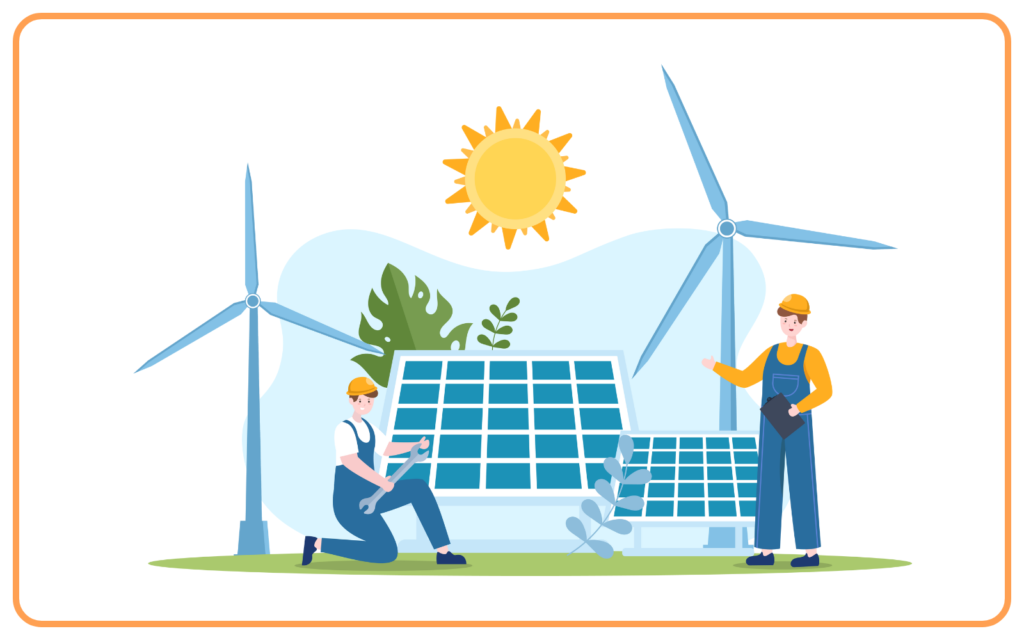
Conclusion
A good source of energy should be efficient, economical, accessible, and eco-friendly. Shifting to renewable energy sources is essential for a sustainable future.

